In today's rapidly evolving business landscape, creating an inclusive workplace is not just the right thing to do; it’s also a smart business move. Organisations that embrace diversity and foster an inclusive environment are more likely to attract and retain top talent, have higher financial returns, foster innovation, and improve employee satisfaction. But while many companies have made strides towards diversity by embracing gender, race, and ethnicity, the LGBTQ+ community is often overlooked in the quest for inclusivity.
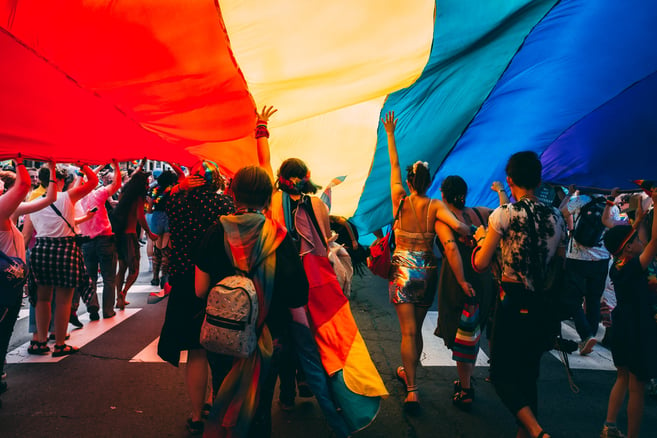
Despite progress in society, discrimination and harassment persist within workplaces, posing significant challenges for LGBTQ+ individuals. According to a survey conducted by the Center for American Progress (Cap) in 2022, half of LGBTQ and ‘sexual and gender diverse’ employees reported experiencing some form of workplace discrimination or prejudice because of their sexual orientation or gender identity, while the numbers skyrocketed to a staggering 70% for transgender respondents. Similarly, in the UK, alarming statistics reveal that 40% of LGBTQ+ workers and 55% of trans workers have faced harassment compared to just 29% of heterosexual, cisgender workers.
Although legal workplace protections exist in many countries, over half of the world lacks legislation safeguarding LGBTQ+ individuals from discrimination at work. In this context, the responsibility falls upon organisations to take proactive steps to create safe, supportive, and truly inclusive workplaces for their LGBTQ+ employees.
In this article, we’ll delve into the current landscape of LGBTQ+ representation and inclusion in the workplace. We will explore the benefits of fostering a truly inclusive work environment and will provide actionable guidelines for organisations to create safe and supportive spaces for LGBTQ+ employees.
The State of LGBTQ+ Representation and Inclusion in the Workplace
Before exploring the experiences of LGBTQ+ employees, the obstacles and barriers they encounter, and the impact of discrimination on both individuals and employers, it’s essential to first understand and define the term itself.
What Does LGBTQ+ Stand for?
The term LGBTQ+ is an umbrella term that encompasses a diverse range of sexual orientations and gender identities. It stands for lesbian, gay, bisexual, transgender, and queer/questioning, with the "+" symbolising the inclusion of other identities that fall outside these categories. While the LGBTQ+ term is not exhaustive, it serves as a starting point for understanding and recognising the diverse experiences of each distinct group and individual within the LGBTQ+ community.
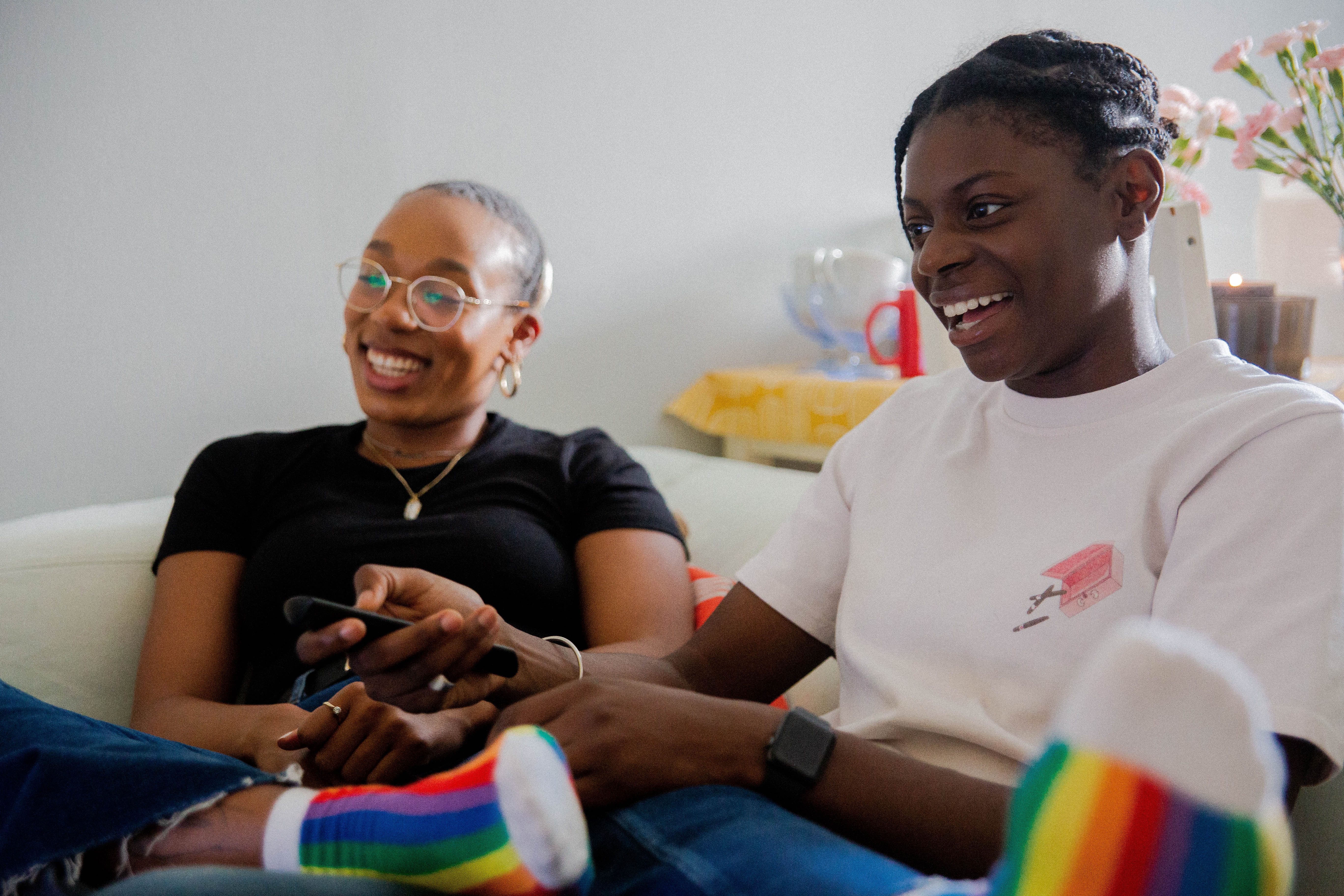
Lack of Representation and Isolation
The corporate world has played a significant role in the progress of LGBTQ+ rights in the past two decades, with many companies worldwide publicly showing support, making important decisions about recruitment practices, establishing employee-resource groups, and embracing LGBTQ+ rights in their marketing activities.
Despite these visible signs of progress, many challenges persist, and the increasing business case for inclusion has not translated into substantial gains for LGBTQ+ individuals, particularly in terms of representation. In the United States, for instance, where LGBTQ+ individuals make up 5.9% of the workforce, their representation in leadership positions remains lower than expected despite progress in LGBTQ+ rights.
A study by McKinsey found that openly LGBTQ+ women represent only 2.3% of entry-level roles and 1.6% of managers, and LGBTQ+ men account for 3.1% and 2.8% in these categories, respectively. Moreover, only four openly LGBTQ+ CEOs head major corporations, and none of them are transgender. The research also indicates that LGBTQ+ workers are 11% less likely to occupy higher managerial levels and experience earnings levels 4% lower than their non-LGBTQ+ counterparts.
Another research report reveals that only 0.4% of board seats in the Fortune 500 are held by openly LGBTQ+ directors, and out of 25 seats, only two are occupied by LGBTQ+ people of colour.
This lack of representation contributes to feelings of isolation and negatively impacts the workplace experience for LGBTQ+ employees. Moreover, they often face higher rates of sexual harassment and discrimination based on their gender and orientation, further deepening their sense of isolation.
The Challenges of LGBTQ+ Women
LGBTQ+ women face unique challenges in the workplace that affect their performance and career progression. Studies reveal that LGBTQ+ women face increased rates of sexual harassment and discrimination stemming from both their gender and sexual orientation. This double burden creates a hostile work environment and dampens their motivation to pursue top executive positions.
As a result, it’s not surprising to see significant underrepresentation of LGBTQ+ women at all levels of the management pipeline, especially as seniority increases. While they make up 2.3% of entry-level employees, their presence drops to just 1.6% among managers and decreases further in more senior roles. Interestingly, twice as many men as women believe their sexual orientation hinders their career advancement.
Being minorities in both gender and sexual orientation, LGBTQ+ women are more likely to feel isolated in the workplace, which often leads to higher stress levels and increased pressure to perform. Moreover, LGBTQ+ women are more likely than straight women or LGBTQ+ men to feel restricted from talking about themselves or their life outside work.
LGBTQ+ women, and particularly those who identify as bisexual, also experience more microaggressions compared to straight women and men, such as demeaning remarks or comments about their identity, pressure to engage in sexual discussions or humour, and being subjected to sexual harassment.
Explore - The Current State of Things – What Is Holding Women Back?
The Trans Experience in the Workplace
Trans people often experience stigma and discrimination, hostility from others, and pressure to conform to societal expectations, including in the workplace. Particularly in such settings, transgender individuals face sharp and systemic barriers to both work performance and career progression, and their experience is distinct from that of cisgender people who also identify as lesbian, gay, bisexual, or queer.
Specifically, studies have shown that transgender adults are twice as likely as cisgender adults to be unemployed, and face significant pay disparities, even when they have the same education level. Additionally, many transgender employees feel uncomfortable being open about their identity at work and report feeling less supported by their managers and colleagues, which makes it even more difficult for them to understand workplace culture and benefits, and harder to get promoted.
.png?width=6903&height=2009&name=Blue%20Dotted%20Friendly%20Corporate%20Corporate%20X-Frame%20Banner%20(1).png)
These experiences can set in motion a host of psychological responses that have a profound impact on job satisfaction, turnover rates, and emotional well-being.
Workplace Discrimination and Harassment
Discrimination and harassment against LGBTQ+ employees are still pervasive issues, despite legal protections in some countries. In the European Union, for instance, approximately 20% of LGBTQ+ employees reported experiencing discrimination at work, and the number was even higher for transgender workers at 36%. In Canada, LGBTQ+ employees are twice as likely to experience inappropriate behaviour at work compared to their straight counterparts. Meanwhile, in the United States, more than 23% of LGBTQ+ people report facing discrimination at work.
Discrimination can also vary based on race, ethnicity, and ability status, with LGBTQ+ employees of colour and those with disabilities reporting higher levels of discrimination (27%). Additionally, LGBTQ+ people of colour were more likely to experience discrimination when applying for jobs than their white counterparts.
The Impact on LGBTQ+ Workers and Employers
Discrimination can take various forms, including explicit acts of bias and microaggressions that make marginalised groups feel hurt or attacked. Such types of workplace harassment can have a significant impact on the well-being and job satisfaction of LGBTQ+ workers. A constant fear of discrimination can create a hostile work environment, leading to increased stress and decreased productivity. Moreover, LGBTQ+ employees often feel the need to conceal their identities or conform to societal expectations, resulting in a loss of authenticity and a sense of erasure.
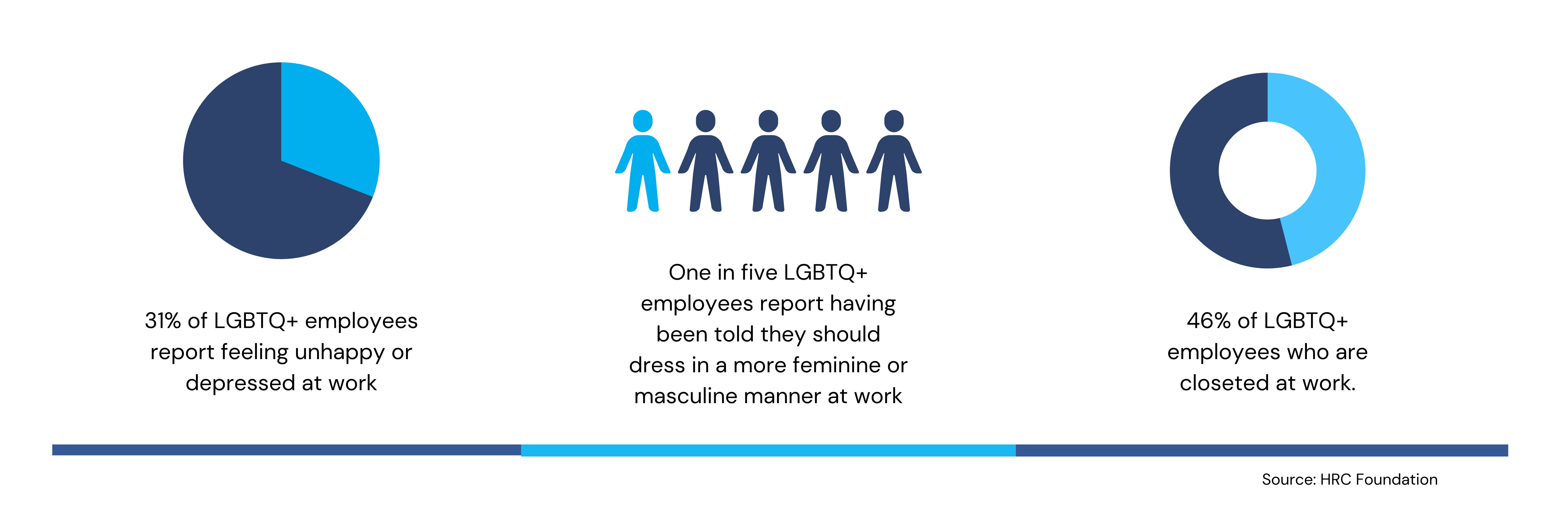 Such experiences can be deeply damaging and often lead LGBTQ+ employees to leave their jobs. In fact, more than one-third of LGBTQ+ employees have left a job due to mistreatment by their employers based on their sexual orientation or gender identity. These negative experiences have long-term consequences for employers as well, including high turnover rates and difficulty attracting and retaining top talent.
Such experiences can be deeply damaging and often lead LGBTQ+ employees to leave their jobs. In fact, more than one-third of LGBTQ+ employees have left a job due to mistreatment by their employers based on their sexual orientation or gender identity. These negative experiences have long-term consequences for employers as well, including high turnover rates and difficulty attracting and retaining top talent.Subsequently, job-searching approaches have evolved. Data shows LGBTQ+ employees are increasingly prioritising working in an environment where it’s safe to openly be themselves and are actively seeking out employers who live up to their inclusivity standards. A noteworthy report by Cap showed that 36% of LGBTQ+ and 65% of transgender respondents make their employment decisions based on the motive to avoid discrimination.
This shift in job search strategies reflects the growing awareness and demand for workplaces that embrace diversity and foster a sense of belonging.
Interestingly enough, most of the available data comes from surveys conducted in relatively progressive countries in LGBTQ+ inclusion. Considering the stigma and methodological barriers, it becomes evident that obtaining accurate data on the state of LGBTQ+ worker representation is even more challenging in countries without legal protections for LGBTQ+ workers.
The Value of LGBTQ+ Diversity and Inclusion in the Workplace
In recent years, there has been a growing recognition of the importance of LGBTQ+ diversity and inclusion in the workplace. The business world has realised that creating a supportive and inclusive environment for LGBTQ+ employees brings numerous benefits, including a positive impact on employee satisfaction and overall business success.
The Importance of LGBTQ+ Inclusion for Employees
An inclusive workplace that values LGBTQ+ diversity can empower individuals to thrive both personally and professionally. Such environments offer numerous advantages to LGBTQ+ employees, ranging from increased authenticity and psychological well-being to enhanced career growth and personal development.
-
Authenticity and Psychological Well-being
An open and accepting workplace can promote a sense of belonging for LGBTQ+ individuals, reducing the need to conceal their sexual orientation or gender identity. This improves psychological well-being and increases job satisfaction, engagement, and productivity. By embracing their true identities, employees experience a positive work environment, promoting a healthy work-life balance and overall job fulfilment.
-
Professional Growth and Career Advancement
Inclusive workplaces provide LGBTQ+ employees with equal opportunities for career growth and advancement. By eliminating bias and discrimination based on sexual orientation or gender identity, these environments unlock the full potential of LGBTQ+ talent. Diverse perspectives and experiences contribute to innovation and creativity, fostering a culture of collaboration and open-mindedness. LGBTQ+ employees who feel valued and supported can focus on their professional development, enhancing their skills and contributing to the organisation's success.
-
Personal Growth
Inclusive environments provide opportunities for personal growth, as LGBTQ+ employees who feel respected and valued can develop a greater sense of self-confidence and self-worth. They are empowered to pursue personal goals, engage in community involvement, and contribute positively to society as a whole. This personal growth extends beyond the office walls, resulting in a happier and more fulfilled life outside work.

The Business Benefits of LGBTQ+ Diversity and Inclusion
Following the individual benefits, creating a safe and welcoming environment for LGBTQ+ employees also makes good business sense. Research has consistently shown that diverse and inclusive workplaces lead to better business outcomes, including:
-
Greater Profits and Reduced Costs
A well-managed diverse workforce generates greater profit, with organisations that employ diverse individuals having 35% higher financial returns than national averages. Moreover, companies with LGBTQ-friendly workplaces benefit from lower legal costs related to discrimination lawsuits and lower health insurance costs through improved employee health. According to a study by Out Now Consulting, the US economy could save $9 billion annually if organisations were more effective at implementing diversity and inclusion policies for LGBTQ+ staff.
This clearly highlights the importance of diversity in the workplace, not only for a company's culture but also for its bottom line.
-
Larger Talent Pools
By recruiting LGBTQ+ candidates, companies open up the talent pool to more potential hires, making finding the right talent easier than if they ignored a large and talent-rich demographic. Moreover, diverse teams, which include LGBTQ+ individuals, are more successful in problem-solving and driving financial growth, giving them a competitive edge in the market.
-
Attracting and Retaining Top Talent
Organisations that are welcoming and supportive of the LGBTQ+ community have a distinct advantage in recruiting highly qualified individuals and also benefit from increased innovation, creativity, and employee engagement. Moreover, studies have shown that retention rates are significantly higher in LGBTQ-inclusive companies. Employees want to work in environments where they feel safe, valued, and included.
-
Better Overall Business Performance
LGBTQ-inclusive policies and practices not only promote diversity and equality but also have a positive impact on overall business performance. Studies have shown that 75% of companies with “frontline decision-making teams reflecting a diverse and inclusive culture” exceed their financial targets. Embracing LGBTQ inclusion also opens doors for companies to establish strong partnerships with community organisations and employee groups, fostering a collaborative and innovative work culture.
Additionally, a diverse workforce enhances a company's reputation and helps attract a wider customer base. In today's competitive landscape, where consumers and job seekers prioritise diversity and inclusion, companies that fail to champion these values risk losing out on valuable opportunities.
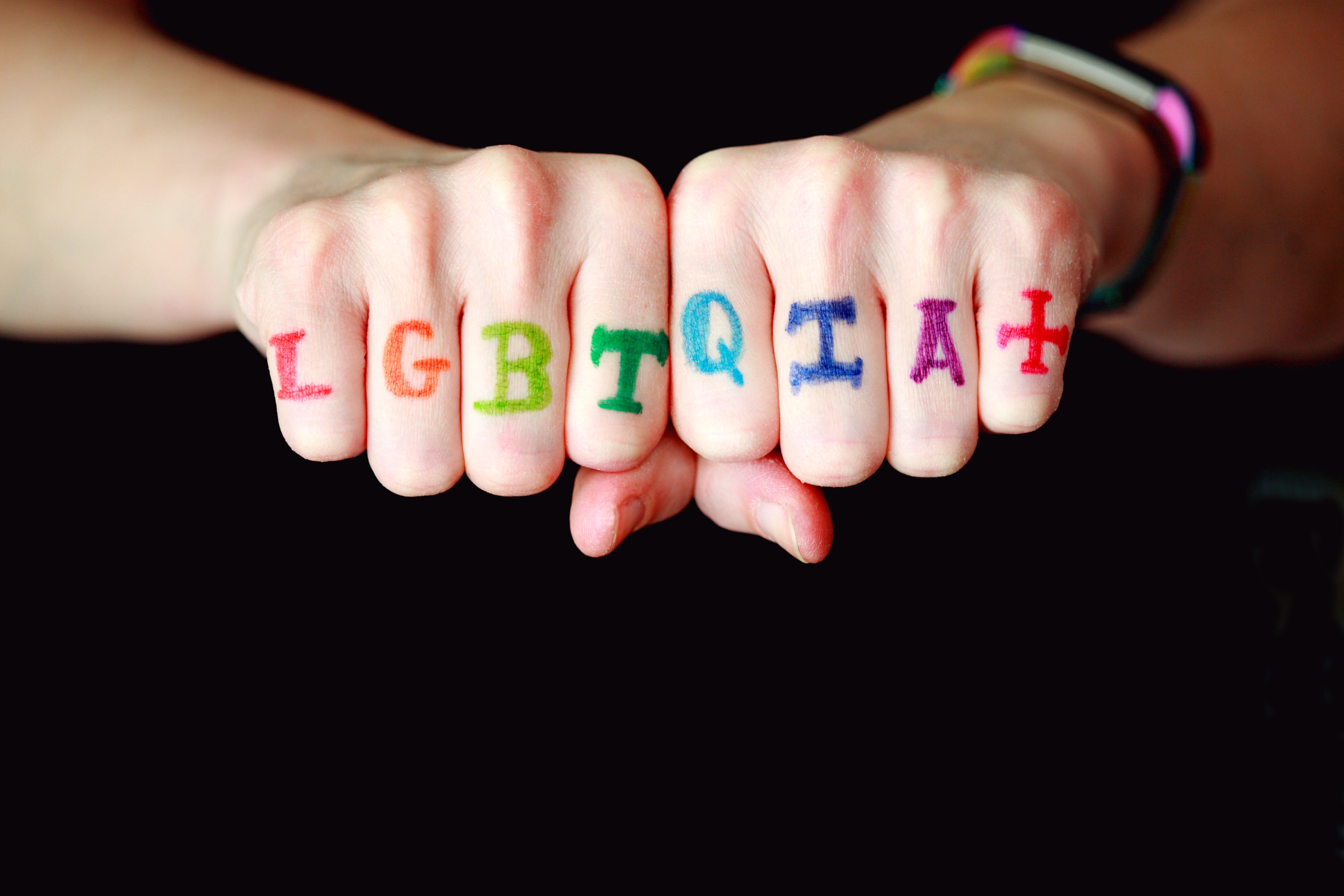
Discover the Benefits of Diversity – in Tech and Beyond
Moving Beyond Surface-Level Support
10 Ways to Create an LGBTQ+ Inclusive Workplace
LGBTQ+ diversity and inclusion in the workplace are not just buzzwords; they are essential elements of a successful and thriving organisation. Creating an environment that truly embraces and supports LGBTQ+ individuals can help companies attract and retain top talent, foster innovation and collaboration, and drive overall business success.
However, to achieve these benefits and engage the new generation of workers, businesses must move beyond public gestures of support and implement policies and practices that ensure a safe and welcoming environment for everyone. Here are some specific steps company leaders can take to promote LGBTQ+ inclusion in the workplace:
-
Develop Inclusive Policies and Organisational Culture
Creating inclusive policies and fostering an organisational culture that embraces diversity is a fundamental step towards building an inclusive workplace for LGBTIQ+ employees. You can start by reviewing and updating your existing policies. This includes anti-harassment, bullying, and non-discrimination policies that explicitly support and protect LGBTIQ+ individuals. Additionally, ensure that dress code expectations are neutral and free from gender stereotypes and that all policies – including parental leave, adoption, and pensions – are LGBTQ+ inclusive.
-
Use Inclusive Language
Language plays a crucial role in creating an inclusive workplace. Using gender-neutral language in company communications, workplace policies and programmes can foster gender equality and help gender non-conforming workers feel included. For example, consider using the pronoun "they" instead of "he/she" or "(s)he" when the gender of a person is unknown. Similarly, avoid using titles such as Miss, Mr or Mrs; instead, ask individuals what pronouns or titles they prefer.
Incorporating inclusive language into formal communication, such as introductions and team meetings, helps normalise the practice of using preferred pronouns. Using gender-neutral pronouns and allowing employees to choose their preferred pronouns creates a more inclusive environment where everyone feels valued and respected.
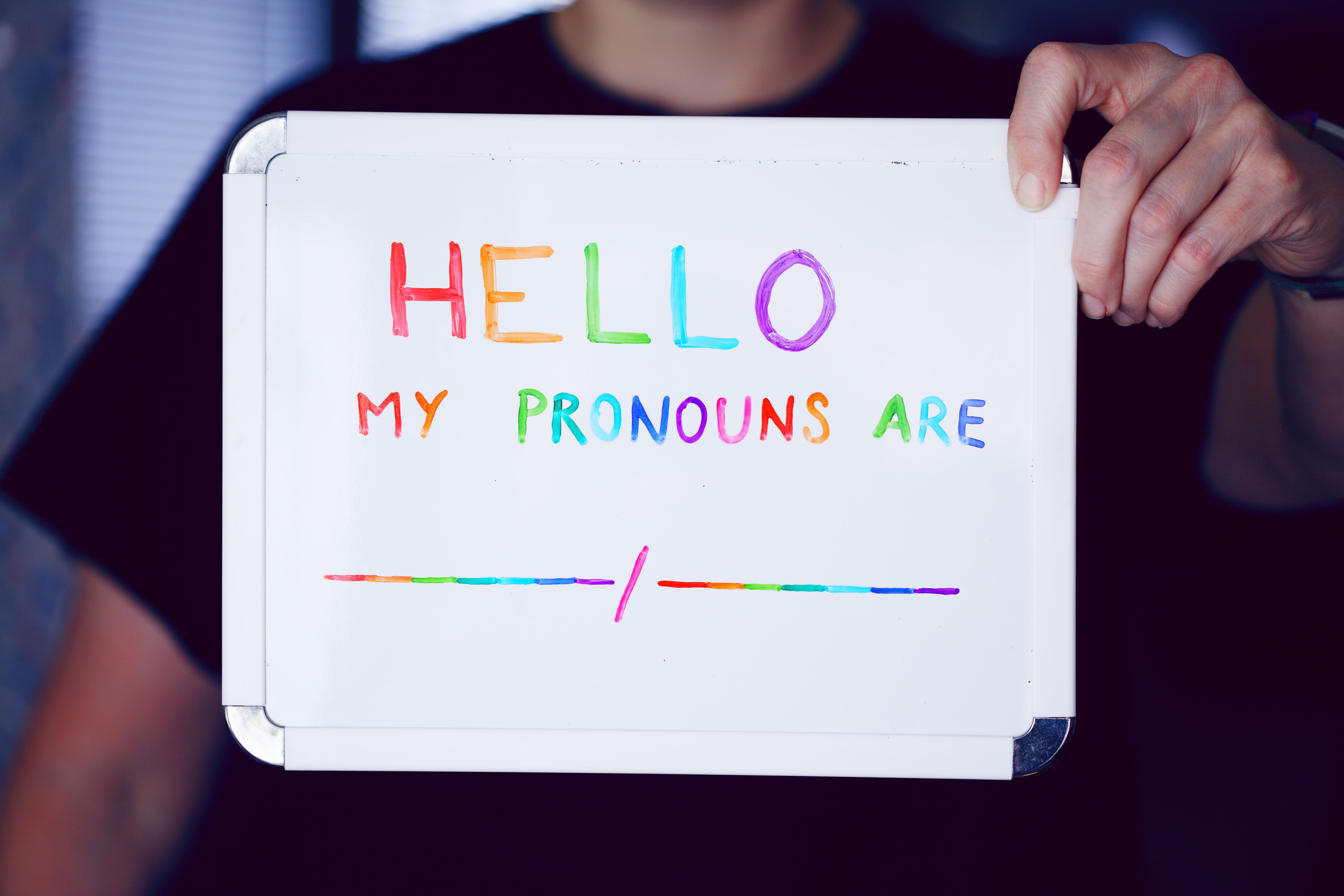
-
Promote Leadership and Visibility
A visibly inclusive work culture can significantly impact the comfort, acceptance, and openness of LGBTQ+ employees. Promote inclusivity by displaying inclusivity posters or rainbow flags during important events such as Pride Month. Consider appointing openly LGBTQ+ individuals to public or senior positions within the company to serve as role models and demonstrate your commitment to diversity and inclusion.
Engage with the LGBTQ+ community by participating in relevant events, and ensure your LGBTQ+ inclusive details are accessible on your social sites, especially on pages where you post job adverts or have employee testimonials. This public show of support signals to existing and new employees that your organisation supports LGBTQ+ clients, employees, and community members.
Learn more about our multi-award-winning inclusive workplace, processes and staffing services.
-
Implement LGBTQ+ Inclusion Training
Training employees to recognise and eliminate discrimination in the workplace is essential for fostering LGBTQ+ inclusion. Companies should provide comprehensive training that covers LGBTQ+ terminology, gender-neutral language, examples of inclusive conduct, addressing implicit bias, reporting harassment or discrimination, and how to be an ally.
This training should be included in both new-hire onboarding programmes and ongoing professional development. It’s important to include employee testimonials and workplace allies in the training to demonstrate the real-life impact of inclusive practices. Partnering with support groups or organisations experienced in LGBTQ+ inclusion can provide valuable resources and guidance for developing effective training programmes.
-
Promote LGBTQ+ Inclusive Hiring Practices
Learning how to recruit LGBTQ+ individuals is the first step in creating a more LGBTQ-friendly workplace. It starts with adopting inclusive hiring practices and actively seeking out and recruiting LGBTQ+ individuals. Employers can participate in LGBTQ+ recruitment events, utilise LGBTQ-friendly job sites, and sponsor or advertise at LGBTQ+ community events. Doing so sends a clear message to potential job candidates that your organisation is committed to creating an inclusive environment.
Additionally, employers should review job postings to ensure they use gender-neutral language and remove references to only male or female gender options. Encouraging diversity-focused employee referral programmes also helps create a more inclusive hiring process.
Get our Recruitment Diversity Report on How to Hire Diverse Talent
-
Create an LGBTQ+ Support Network
An LGBTQ+ support network should have well-defined goals, resources, responsibilities, and the backing of top-level executives. Empowering individuals within your organisation to voice their experiences and highlight areas that require improvement or innovative approaches is crucial. However, it is important to emphasise that the responsibility of fostering inclusivity should not solely rest on their shoulders. Inclusivity should involve the participation of individuals, regardless of their backgrounds and LGBTQ+ identity.
Templeton and Partners, for example, have successfully introduced a Diversity Council to cultivate an inclusive culture. This council encourages the participation of all staff members, whether they identify as diverse or not. By doing so, the council not only establishes a valuable company-wide culture but also demonstrates that everyone can actively contribute to fostering inclusion and offering visible support to all diverse and underrepresented groups.
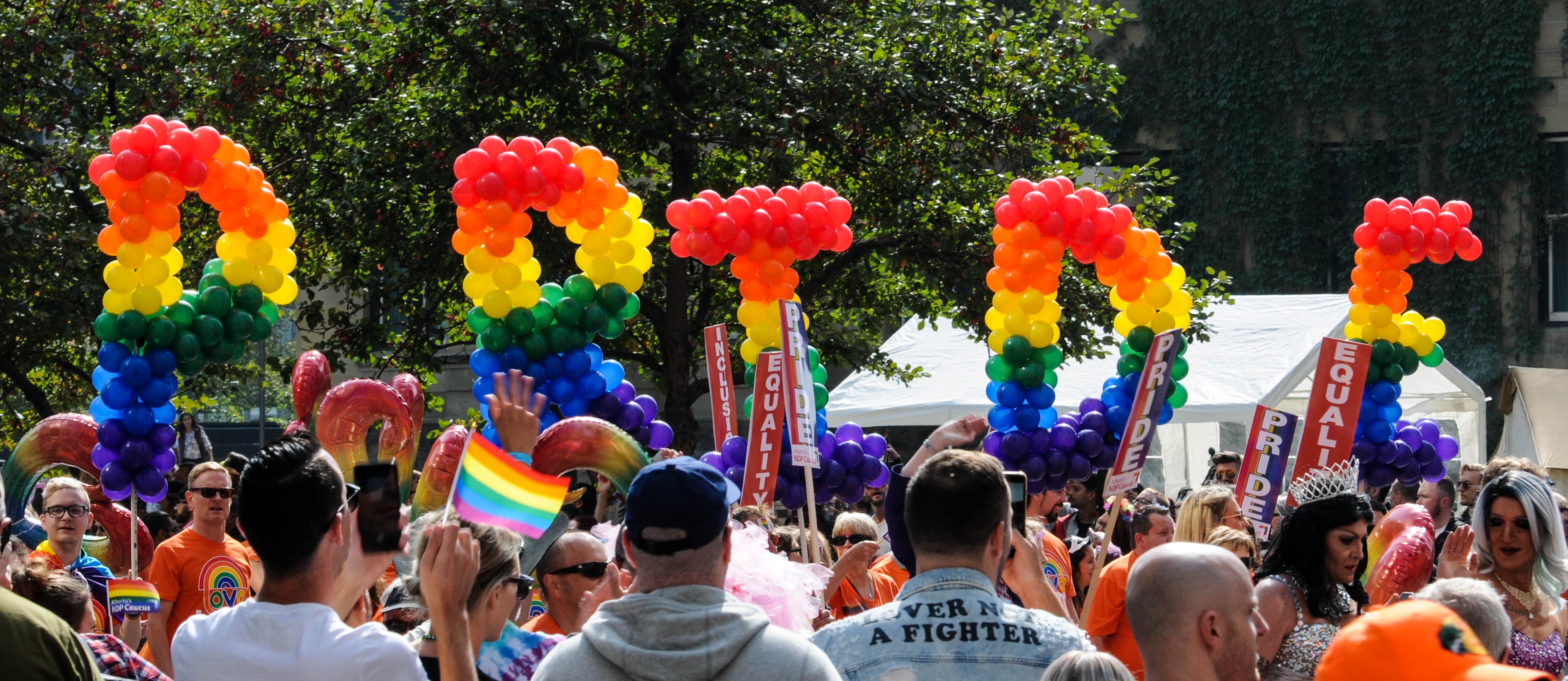
Download our Diversity & Inclusion Brochure
-
Celebrate LGBTQ+ Inclusion
Celebrating LGBTQ+ inclusion is an effective way to reinforce a culture of acceptance and support. Highlighting success stories and positive experiences of LGBTQ+ employees can inspire others and create a sense of pride in the workplace. Employers should actively share these stories internally through newsletters, company intranets, and other communication channels. Externally, these stories can be utilised for recruitment and branding purposes.
Recognising and featuring LGBTQ+ allies also demonstrates an employer's commitment to inclusion. They play a crucial role in creating a supportive environment for LGBTQ+ individuals. By publicly acknowledging and celebrating these allies, employers encourage others to follow their lead and actively participate in fostering LGBTQ+ inclusion.
-
Communicate and Engage with Employees
Open and consistent communication with employees is key to ensuring that information about policies and guidelines supporting LGBTQ+ inclusive practices is readily accessible to all employees, supervisors, and managers. Regularly engaging with non-LGBTQ+ and LGBTQ+ staff to discuss diversity and inclusion, address concerns, and provide opportunities for feedback allows company leaders to assess the impact of their inclusion initiatives and make necessary adjustments. It also demonstrates a commitment to transparency and accountability in fostering an inclusive workplace culture.
-
Lead by Example
Effective LGBTQ+ inclusion starts at the top. Employers and executives must lead by example, actively participate in LGBTQ+ inclusion initiatives, engage with employee resource groups, and champion diversity and equality.
Business leaders should also hold managers accountable for fostering LGBTQ+ inclusion within their teams. This can be done through regular performance evaluations that assess their efforts in promoting inclusion and allyship. By setting clear expectations and providing support and resources, organisations can create a culture where LGBTQ+ inclusion is a priority.
-
Measure Progress and Adapt Strategies
To ensure the effectiveness of LGBTQ+ inclusion initiatives, it’s essential to measure progress and adapt strategies accordingly. Regularly assess the impact of policies, training programs, and support systems through employee feedback, surveys, and other evaluation methods. Use this data to identify areas for improvement and make necessary adjustments to better support LGBTQ+ employees.
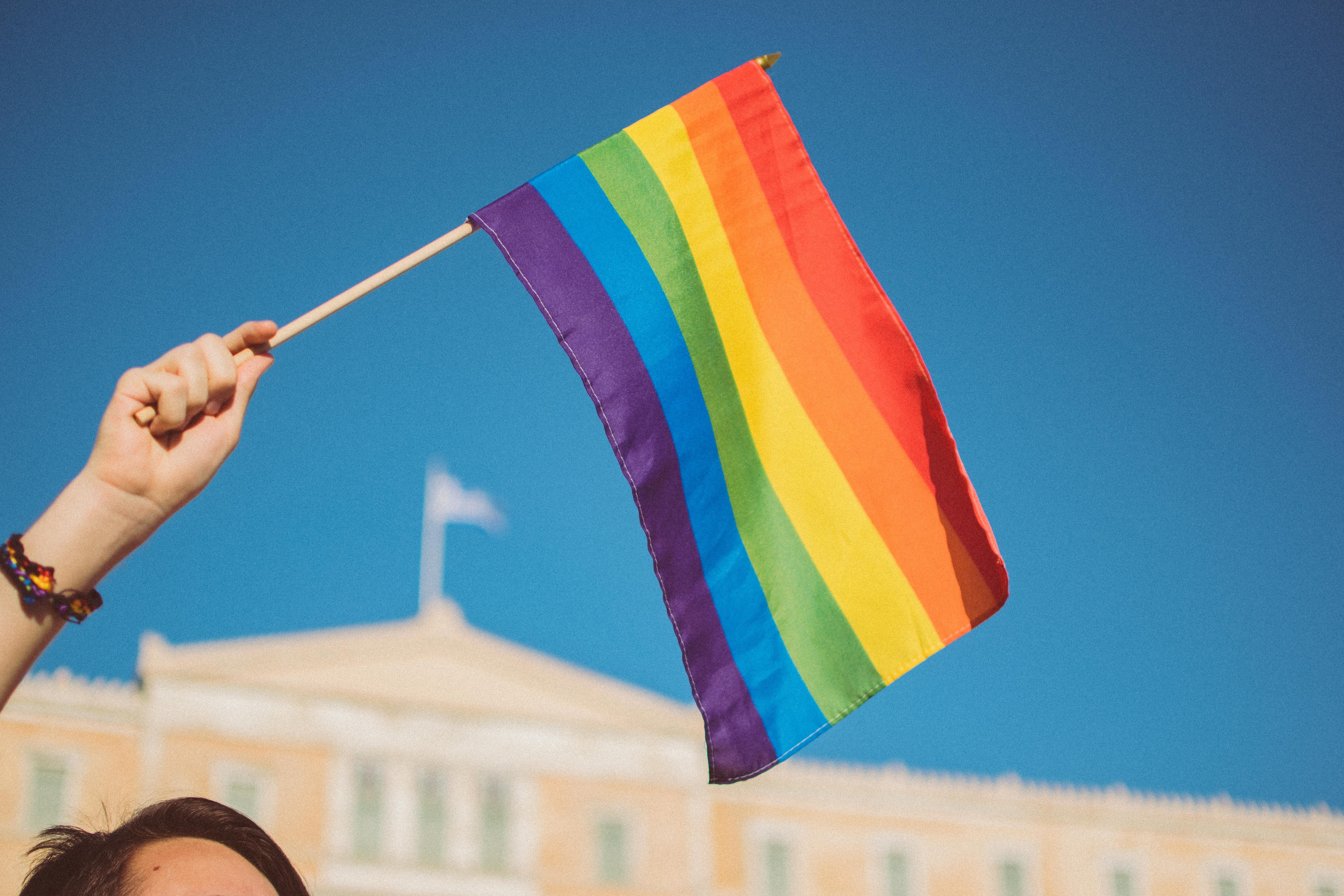
Being LGBTQ+ Inclusive All Year Round
As the world becomes more accepting and understanding of the LGBTQ+ community, people expect businesses to do the same. While progress has been made, there is still work to be done. Companies must move beyond surface-level support and take concrete actions to create a workplace that celebrates diversity, embraces inclusion, and supports their LGBTQ+ employees all year round.
Download our D&I Consultancy Brochure to uncover hidden inclusion opportunities that deliver immediate long-term business returns.
Discover how our practical D&I guidance supports tangible ROI, and get in touch with our seasoned D&I advisors for bespoke D&I Consultancy Services tailored to your business to attract, engage and retain the best diverse talent.
You might also be interested in The Future of Tech: Investing in a Diverse and Young Workforce




